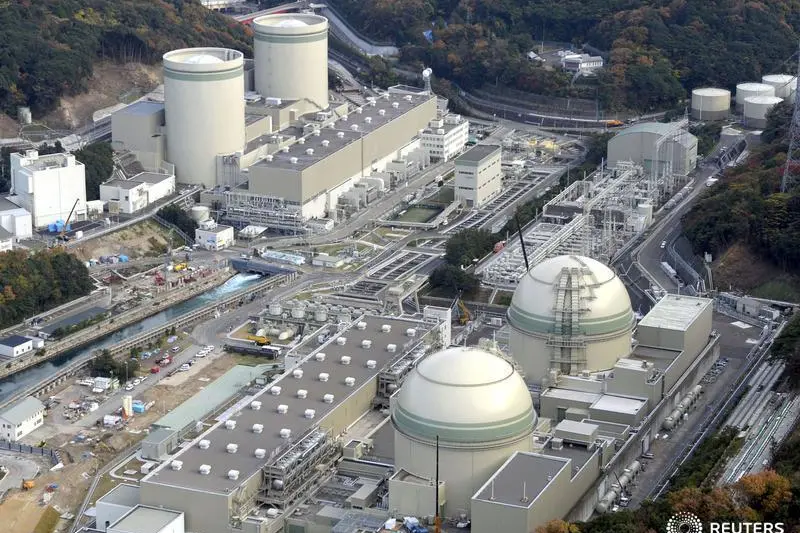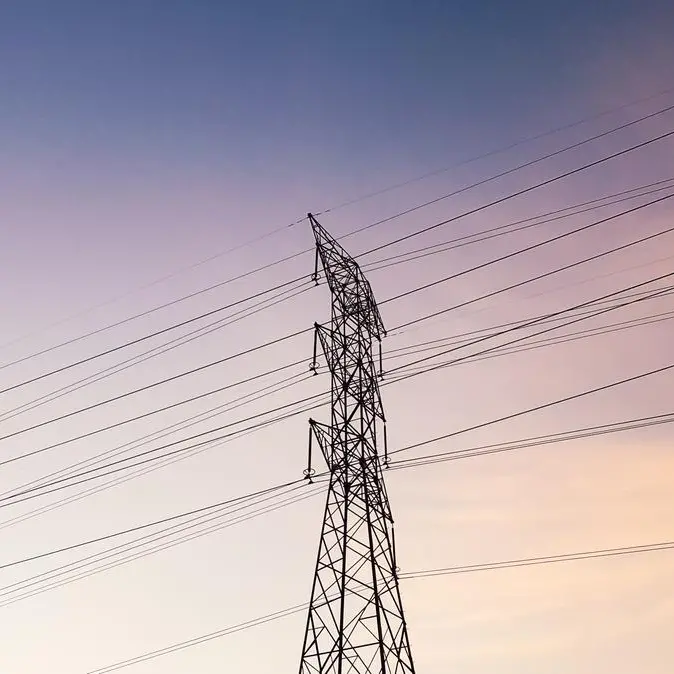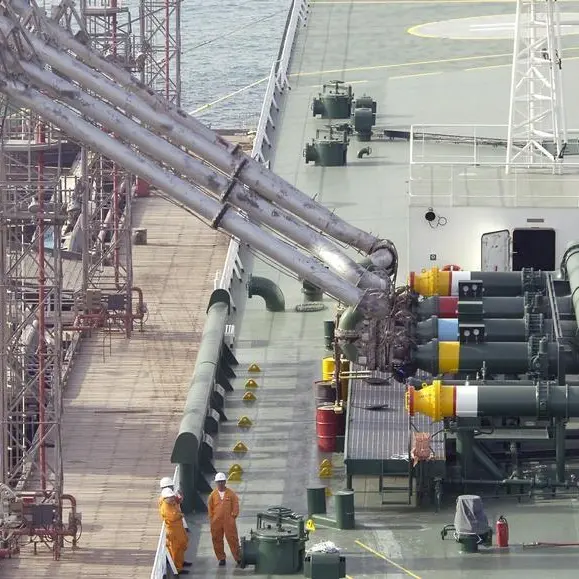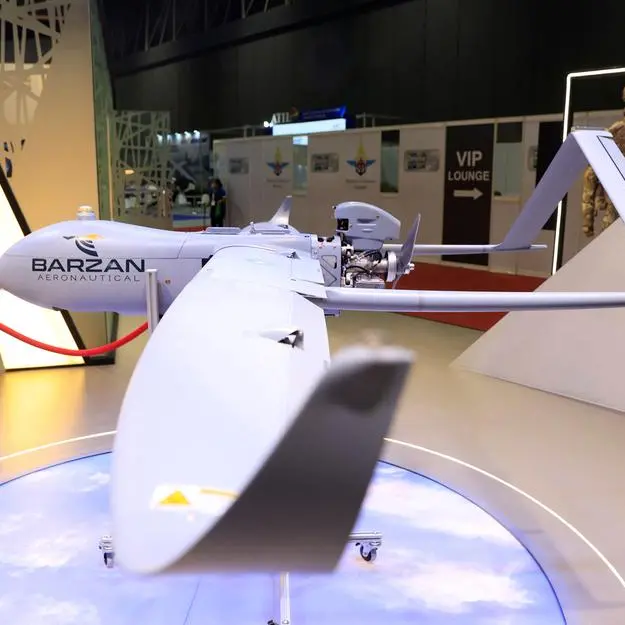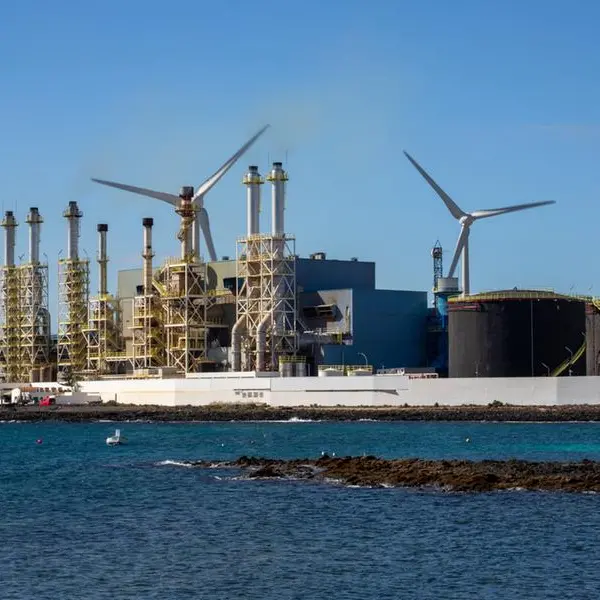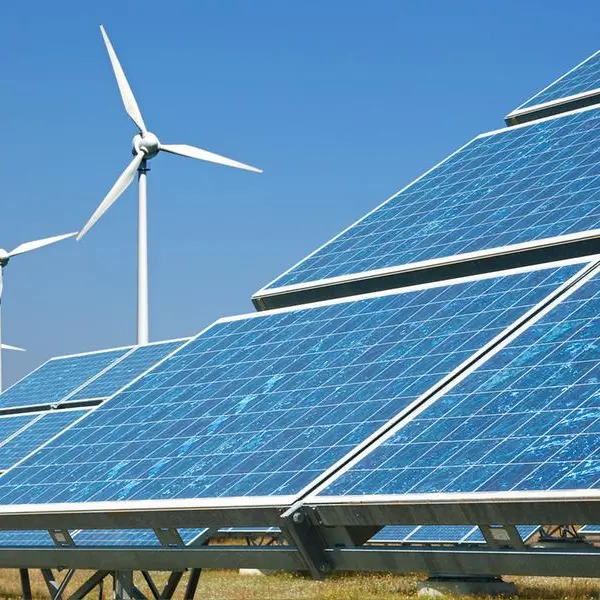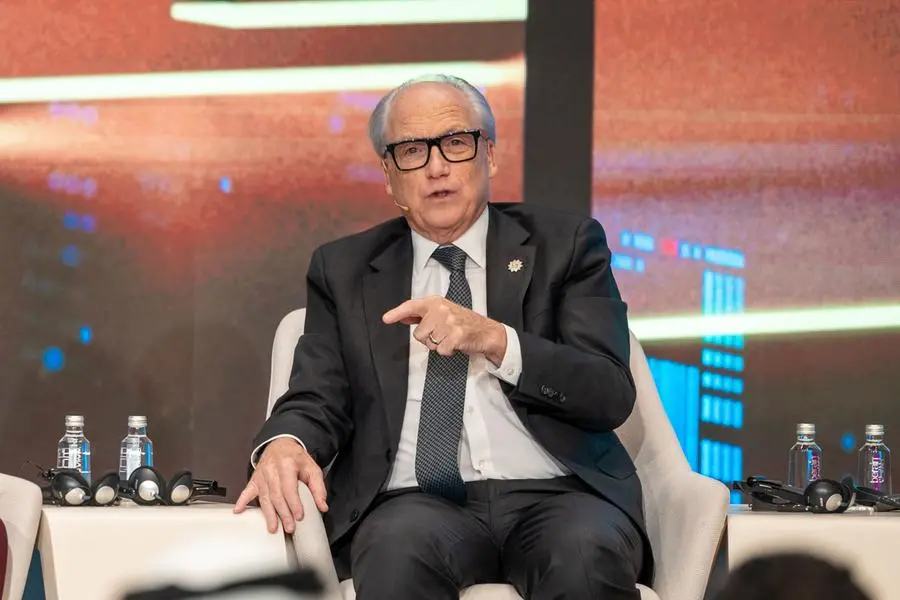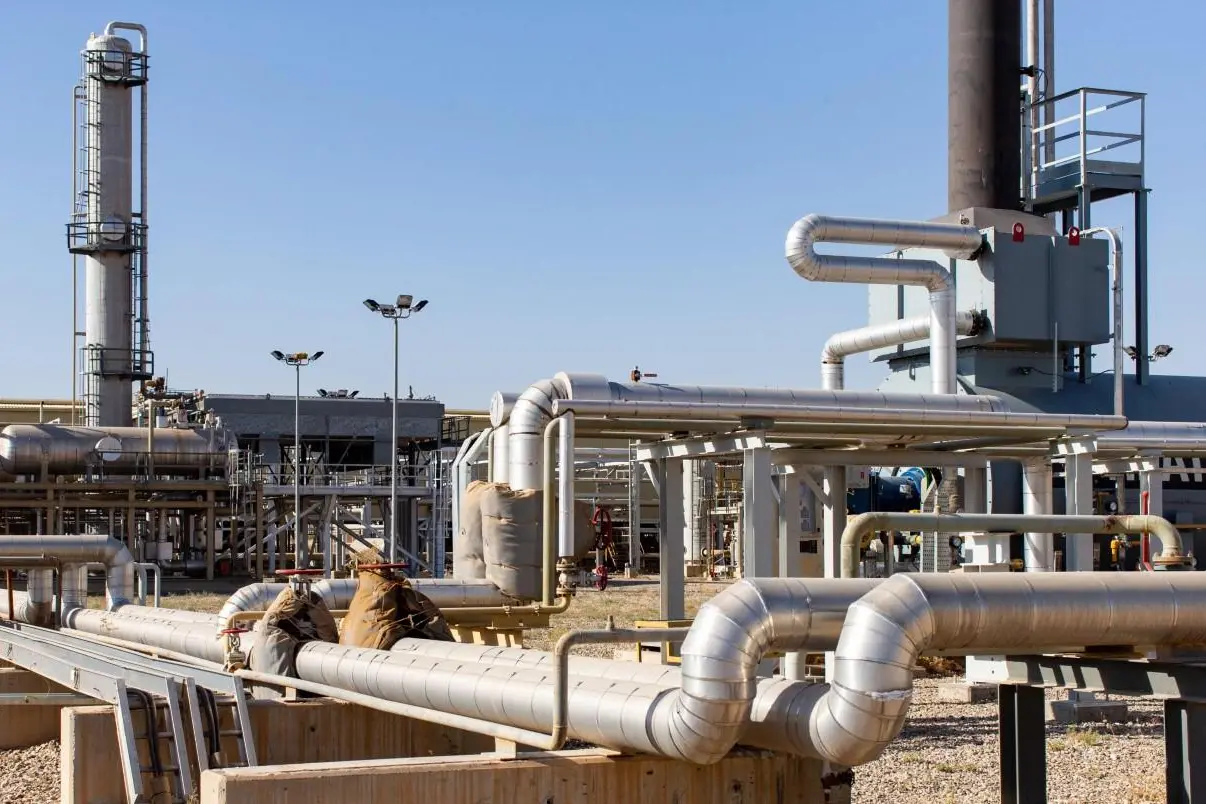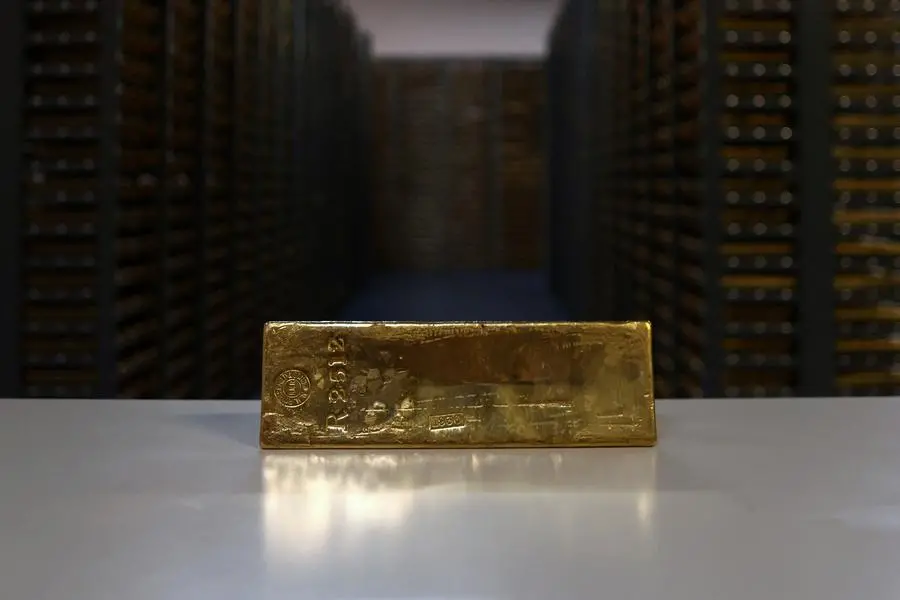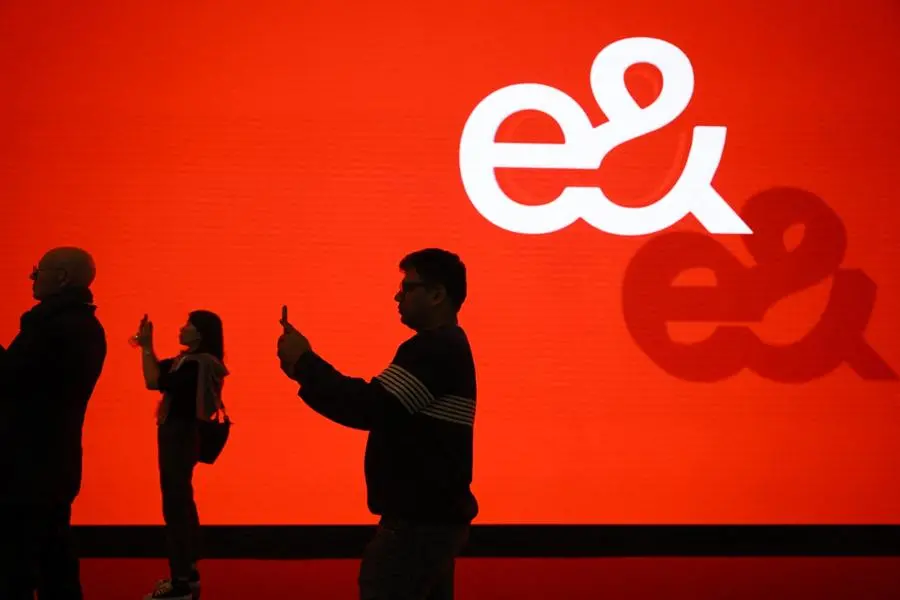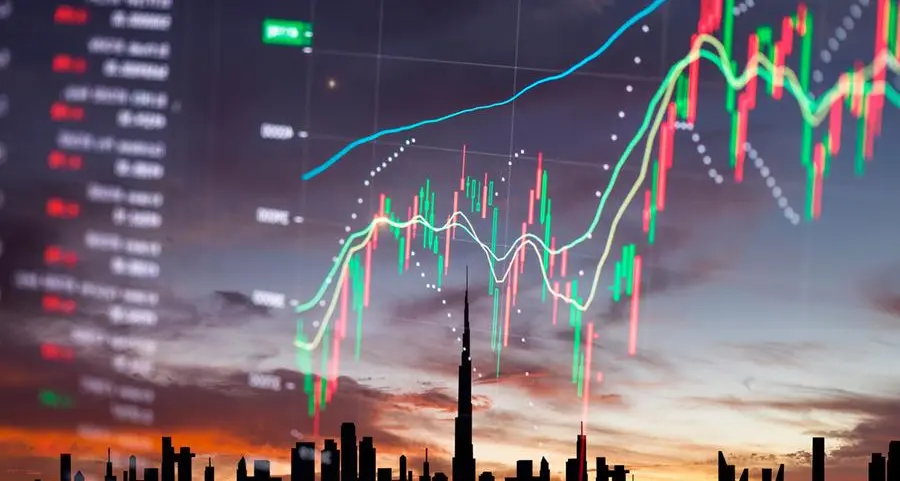PHOTO
TOKYO - Japan's Kansai Electric Power restarted a 47-year-old reactor at its western nuclear power station of Takahama on Friday, a company spokesperson said, adding nearly 1 gigawatt of power to further trim consumption of gas.
The 826 megawatt (MW) reactor launched in 1975 had been shut since November 2011 after the Fukushima nuclear disaster that March prompted Japan to idle most of its reactors and tighten safety standards.
Following special government approval to extend its life beyond the standard limit of 40 years, the Takahama No.2 reactor becomes Japan's third of the kind to come back online after Kansai Electric's Mihama No.3 and Takahama No.1.
LNG imports by Japan, the world's second-biggest buyer of the fuel behind China, have fallen 17.4% in July, customs data shows, thanks to nuclear power restarts and growing use of renewable energy.
Kansai expects its fuel procurement cost to fall by 12 billion yen ($81 million) a month thanks to the Takahama No.1 and No.2 restarts, President Nozomu Mori told reporters. Kansai forecasts a record profit for the year to March 31, 2024.
After Friday's restart, Japan has 12 operating reactors with combined capacity of 11.6 GW, or a third of the 33.1 GW of capacity from 33 reactors designated for commercial use.
Analysts say each gigawatt of nuclear power is equivalent to a million metric tons of LNG a year, so the restarts could trim annual imports by a tenth this year - the sharpest drop since the Fukushima disaster - and help to reduce Asian LNG prices.
Kansai is Japan's biggest nuclear power operator, with all of its seven reactors approved for commercial use now in operation. It plans to suspend Takahama No.3 for maintenance from Sept. 18 to fully resume operations in January.
Given Japan's nuclear and renewable energy cannot yet fully replace gas, utilities' inventories of LNG by Sept. 10 remained at their lowest in nearly 1-1/2 years for a second successive week, the Ministry of Economy, Trade and Industry has said.
Utilities, which hold about half of Japan's LNG inventories, had stockpiles of 1.68 million tons, a slight increase from the Sept. 3 figure of 1.66 million, as cooler weather reduced the need for air-conditioning.
Takeo Kikkawa, president of International University of Japan, believes that a maximum of about 20 reactors, or 15% of the energy mix, would come online by 2030, falling short of the government's target of 20-22% owing to lengthy approvals and difficulties gaining consent from local communities.
"Japan will need to keep buying more fossil fuels than it has targeted in 2030," Kikkawa, who specialises in the energy industry, told Reuters. ($1 = 147.7900 yen)
(Reporting by Yuka Obayashi and Katya Golubkova Editing by Clarence Fernandez and David Goodman )
